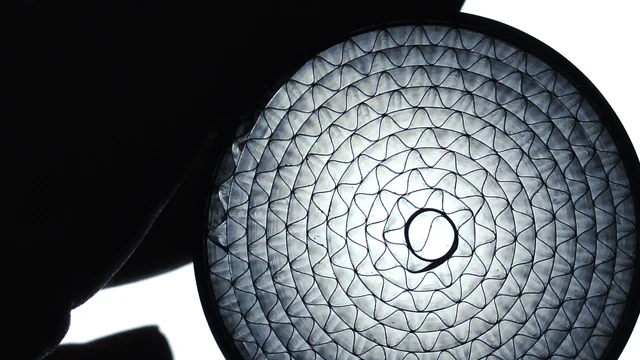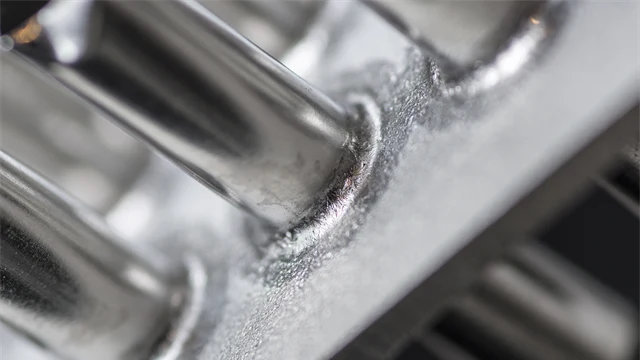BrazeLet Ni9P-9002
Download
Saiba mais

Fale conosco
Vendas e suporte técnico
Formulário de contato
Pessoas para contato
Technical area:
Brazagem
Selecione o seu país *
Tipo de contato *
Vendas
Vendas
Suporte técnico
Primeiro nome *
Sobrenome *
Empresa *
Campo de atuação *
Diretor-Presidente /Proprietário
Compras
Engenheiro de Projeto
Desenvolvedor de Negócios
Operador de Máquinas
Outros
E-mail *
Telefone comercial *
Sua mensagem *
Política de privacidade
Concordo com o processamento de meus dados pessoais pela Höganäs para que possa contatar-me. Minhas informações de contato também podem ser usadas para fins de marketing, tais como envio de boletins informativos e outras informações relevantes. Os dados não serão compartilhados com terceiros. Juntamente com o meu consentimento, também confirmo que tenho mais de 16 anos.
Para saber mais sobre como processamos informações pessoais, consulte a nossa política de privacidade.
Você deve aceitar os termos de serviço antes de continuar

